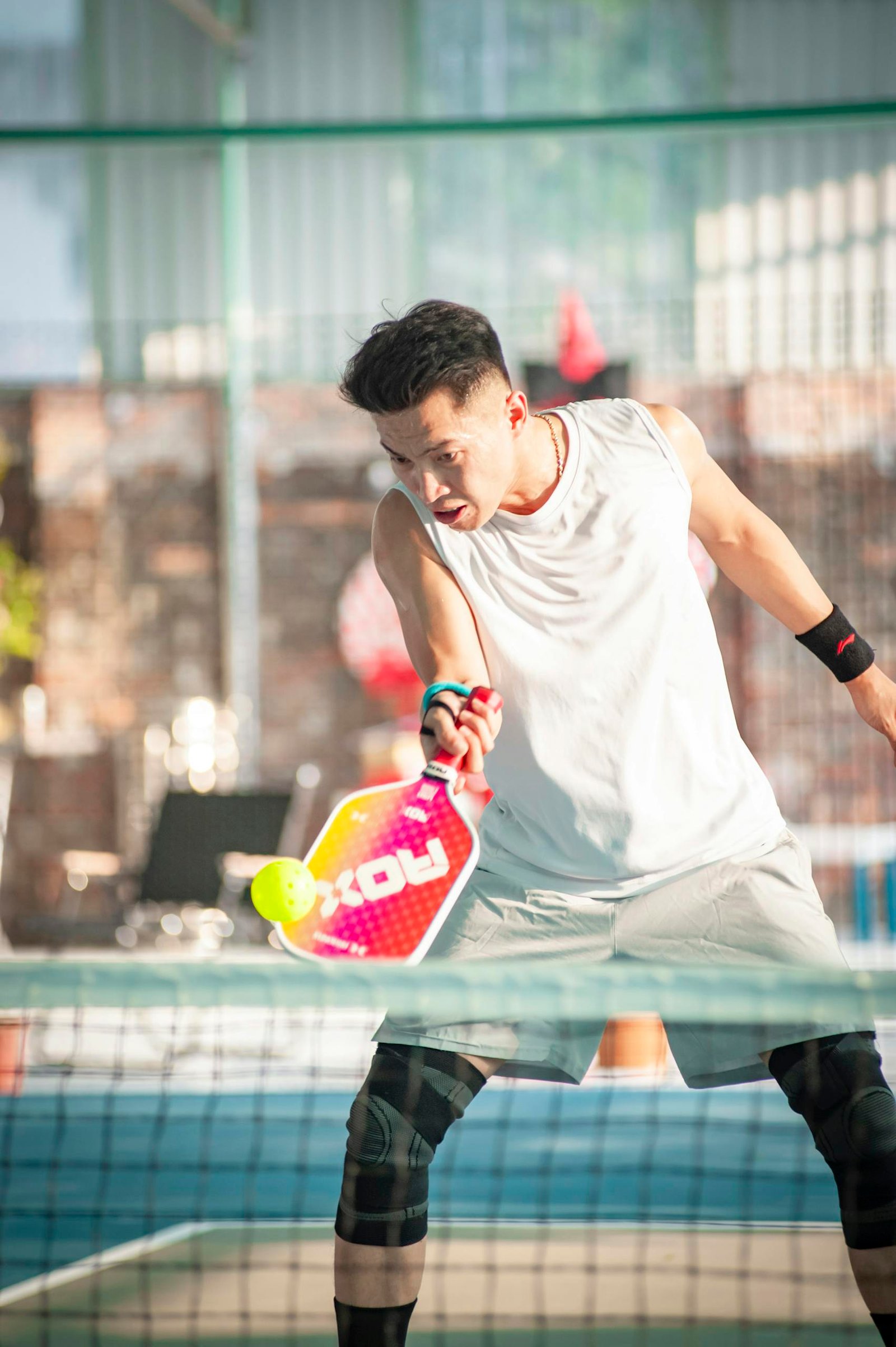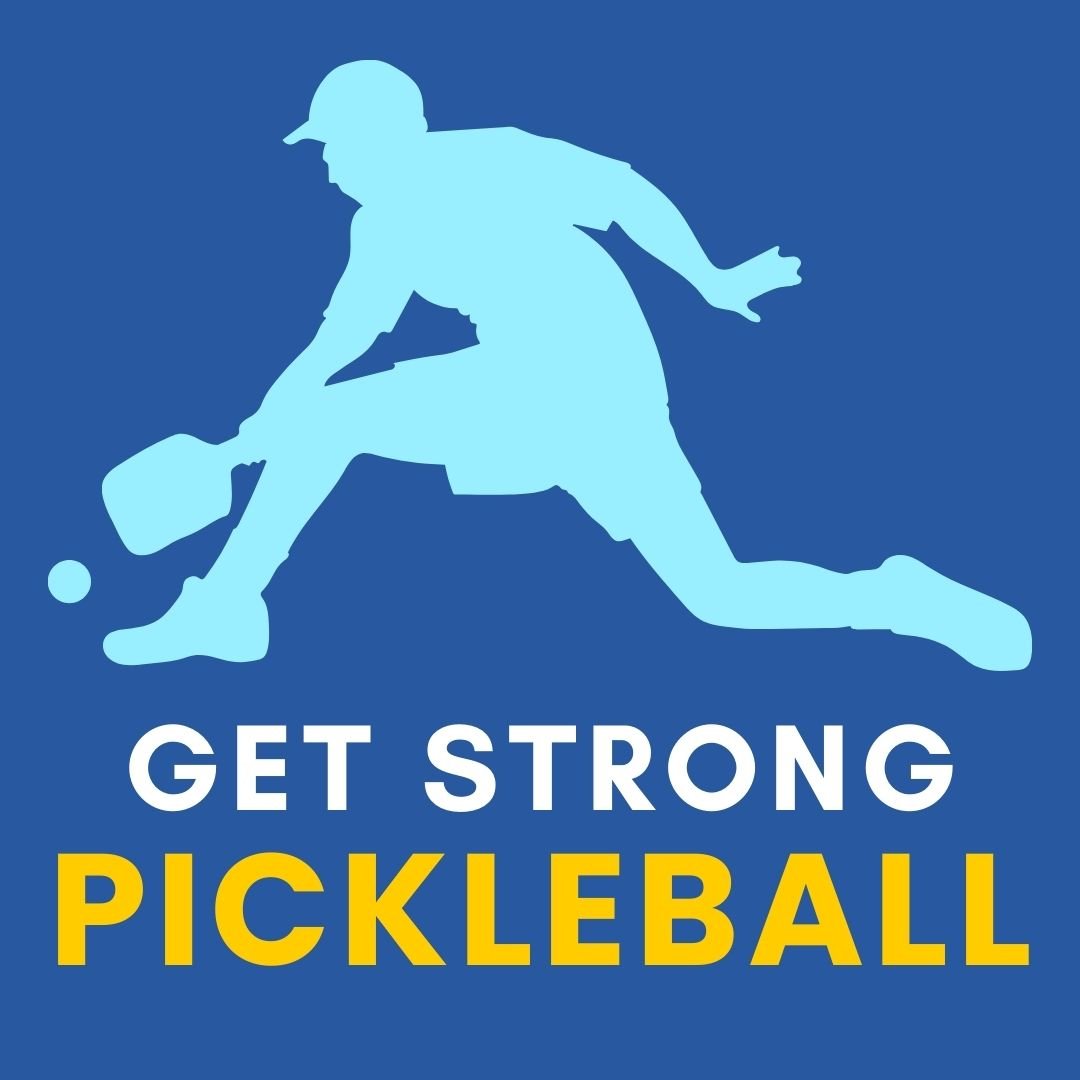Minimizing Pickleball Injuries with the Right Braces

Intro
Injuries are an unfortunate but common occurrence in sports, and pickleball is no exception. The fast-paced nature of the game, combined with quick movements and sudden stops, can put players at risk for various injuries. However, with the right equipment, such as braces specifically designed for pickleball, players can minimize the risk of injury and continue enjoying the game they love.
Understanding the Risk of Injury in Pickleball
Pickleball, while a fun and engaging sport, carries with it inherent risks of injury due to its demanding nature on the body. Players are often required to engage in dynamic and explosive movements, such as lunging for the ball and executing quick directional changes. These actions, integral to the game, exert considerable stress on the body’s joints and muscles, setting the stage for potential injuries. The surfaces on which pickleball is played can also contribute to injury risks. Hard court surfaces, common in pickleball, can increase the impact on joints during play, exacerbating the possibility of stress and overuse injuries. Additionally, the repetitive nature of the sport – including consistent racket swinging and the strategic footwork required to navigate the court – can strain certain muscles and joints over time. Without proper precautions, such as warming up and using appropriate equipment, players may find themselves more susceptible to injuries that could keep them away from the game. Understanding these risks is paramount for players at all levels, as it underlines the importance of adopting preventive measures, including the use of braces designed for pickleball, to safeguard against common injuries and ensure longevity in the sport.
The Most Common Pickleball Injuries
The dynamic nature of pickleball often leads to a spectrum of injuries among players. Among the most prevalent are ankle and knee sprains, which occur due to rapid shifts in direction and sudden stops. These movements strain the ligaments, potentially leading to painful sprains. Strains, on the other hand, affect the muscles or tendons and are common in the shoulders and back from repetitive swinging motions or awkward reaches during intense gameplay. Tendonitis, characterized by inflammation of the tendons, frequently impacts the elbows and knees, a testament to the repetitive motions that define the sport. This condition, often referred to as “pickleball elbow,” mirrors the symptoms of tennis elbow, where pain radiates from the elbow to the forearm and wrist. Fractures are less routine but can result from falls or direct impacts, presenting a serious risk that can abruptly halt a player’s participation in the game. While not as common, wrist injuries also deserve mention, as the wrist’s pivotal role in controlling the paddle can lead to overuse issues. Each of these injuries underscores the physical demands of pickleball and the importance of adopting preventive strategies, including the use of well-chosen braces, to mitigate the risk of these common ailments.
The Role of Braces in Injury Prevention
Braces are a key component in a pickleball player’s arsenal for warding off injuries. These devices offer critical support and stability, crucial for a sport that demands sudden changes in direction and speed. By stabilizing joints and muscles, braces help to prevent them from overextending or twisting unnaturally during play, actions that can lead to sprains and strains. Furthermore, braces are engineered to disperse stress evenly across the joint, significantly lowering the likelihood of overuse injuries such as tendonitis. This is particularly vital in a repetitive motion sport like pickleball, where certain body parts are continuously under strain.
Moreover, the protective mechanism of braces extends beyond simply keeping joints in line. They also enhance proprioception – the body’s ability to sense its position in space, improving a player’s awareness and control over their movements. This heightened sense of position helps in executing precise and safe movements on the court. For athletes recovering from previous injuries, braces can offer the added support needed to safely return to play, acting as a bridge to full recovery by providing confidence alongside physical support. While braces are not a cure-all for injury prevention, when used as part of a comprehensive approach including proper warm-up routines and technique training, they significantly contribute to a player’s ability to play safely and with reduced risk of injury.
Choosing the Right Brace for Pickleball
Selecting an appropriate brace for pickleball is a decision that should be tailored to an individual’s specific physical needs and the demands of the sport. The nature of pickleball injuries—ranging from ankle sprains to “pickleball elbow”—suggests a need for targeted support. Players must consider which joint or muscle group is most at risk based on their playing style, previous injuries, and areas of discomfort. For instance, a player prone to ankle injuries might opt for a robust ankle brace that offers compression and stabilization, whereas someone experiencing elbow tenderness could benefit from an elbow brace that reduces strain during swings.
Material and design play crucial roles in brace selection. A brace that is too restrictive may impede movement, while one that is too loose will not provide adequate support. Look for braces made from breathable, flexible materials that allow for a full range of motion without chafing or discomfort during extended play. Additionally, the level of support needed should guide the choice; braces range from those offering basic compression to advanced models with hinges for added stability.
Before making a purchase, players should also consider consulting with a healthcare professional or a coach to ensure the brace meets their specific needs. Proper measurement and fitting are essential to ensure the brace provides the intended support without restricting blood flow or movement. With the right brace, players can effectively manage the physical demands of pickleball, reducing the risk of injury and enhancing their performance on the court.
Tips for Using Braces Effectively in Pickleball
To harness the full potential of braces in pickleball, it’s essential to incorporate them as a regular part of your gear, extending beyond match days to include training sessions and casual play. Proper fit is paramount; a brace that’s too tight may restrict circulation, while a too-loose brace won’t provide sufficient support. Always ensure the brace is snug yet comfortable, allowing for optimal movement without slippage. Adjusting the brace for a secure fit is crucial each time you wear it, as a well-adjusted brace maximizes support and minimizes the risk of injury. Additionally, pay close attention to your body’s signals. Discomfort or pain while wearing a brace could indicate improper fit or the need for a different type of support. Regular consultations with a healthcare professional can guide adjustments to your brace usage, ensuring it meets your body’s changing needs over time. Embracing these practices enhances the protective benefits of braces, making them a powerful ally in injury prevention during pickleball play.
Maintaining and Caring for Your Braces
Effective brace maintenance is crucial for ensuring their longevity and performance in supporting your pickleball activities. Regular cleaning is essential; washing your braces according to the manufacturer’s guidelines helps prevent the buildup of sweat and dirt that can lead to skin irritation or brace degradation over time. Fabric braces should be washed gently with mild soap and air-dried to avoid damage. For braces with metal or plastic components, wiping them down with a damp cloth and ensuring they are completely dry before storage is advisable.
Inspect your braces regularly for signs of wear such as fraying straps, stretched-out fabric, or weakened fasteners. Any damage can compromise the brace’s ability to provide support and may increase the risk of injury during play. It’s important to replace your brace if it shows significant wear or no longer fits properly.
Storing your braces in a clean, dry place when not in use is also vital. Avoid exposing them to extreme temperatures or direct sunlight, as this can affect the materials’ integrity. By adhering to these care tips, you can help ensure your braces continue to offer the optimal level of support and protection needed to safely enjoy pickleball, keeping you in the game without unnecessary downtime due to injury or brace failure.
Plan of Action
Should I use a brace, and if so, which type is best? Must it be worn constantly or only during pickleball? The market offers a plethora of braces tailored for different needs. To identify if a brace is beneficial for your situation and to choose the right one, schedule a virtual consultation with our Doctor of Physical Therapy via our Shop page. In this session, the therapist will evaluate your condition, recommend the ideal brace, and provide guidance on how to effectively use it while playing pickleball.
Written by: Erin Hahn PT, DPT

